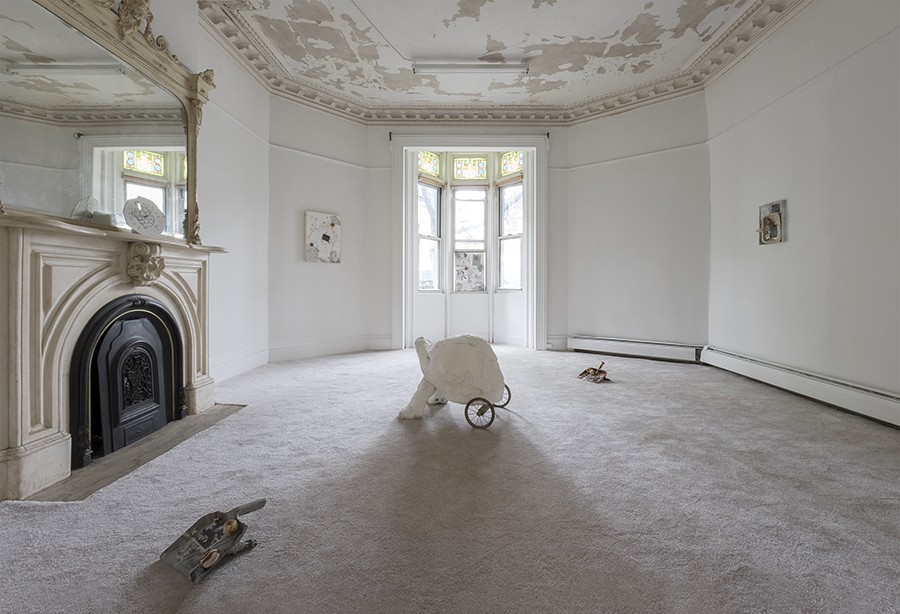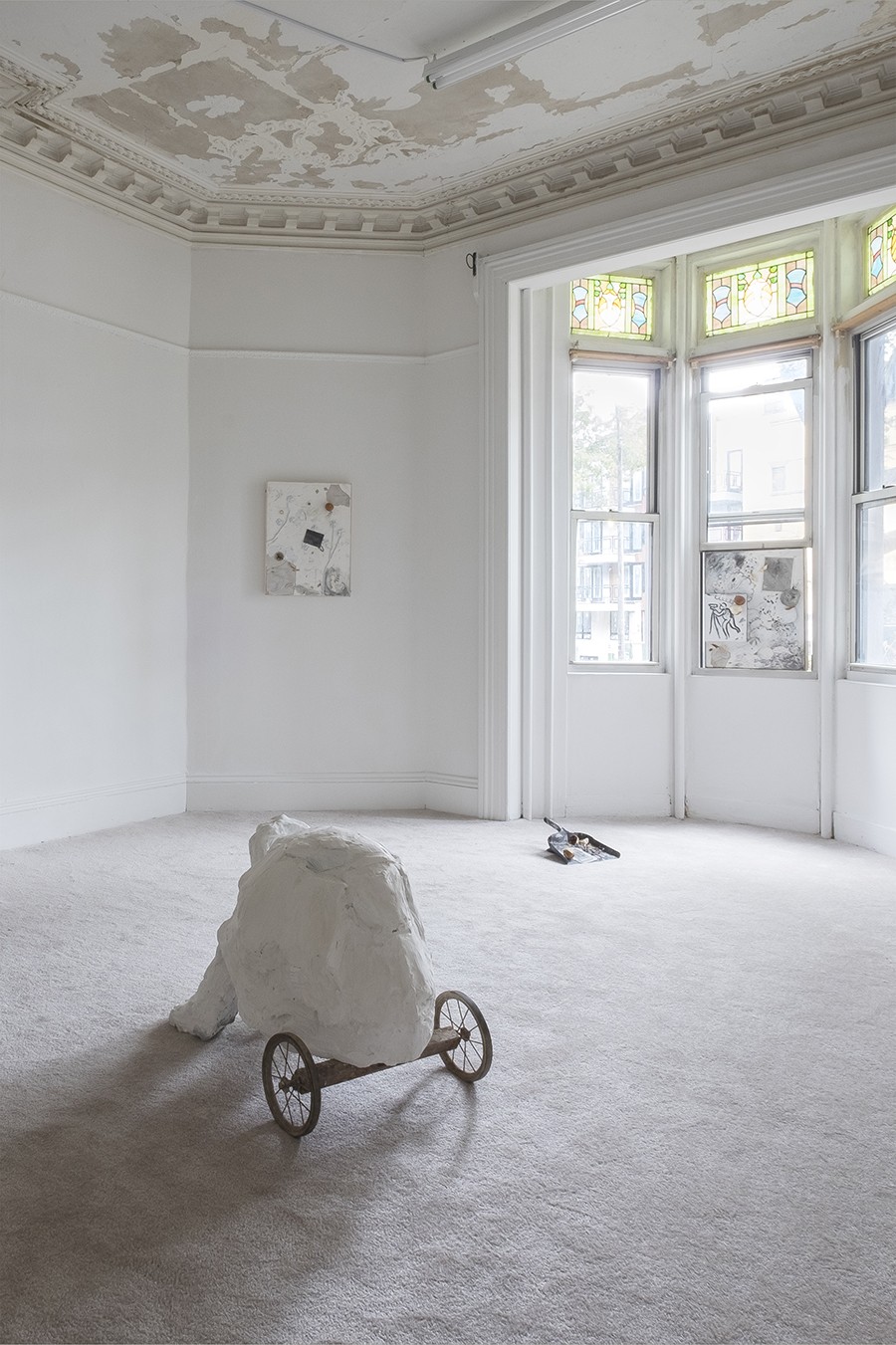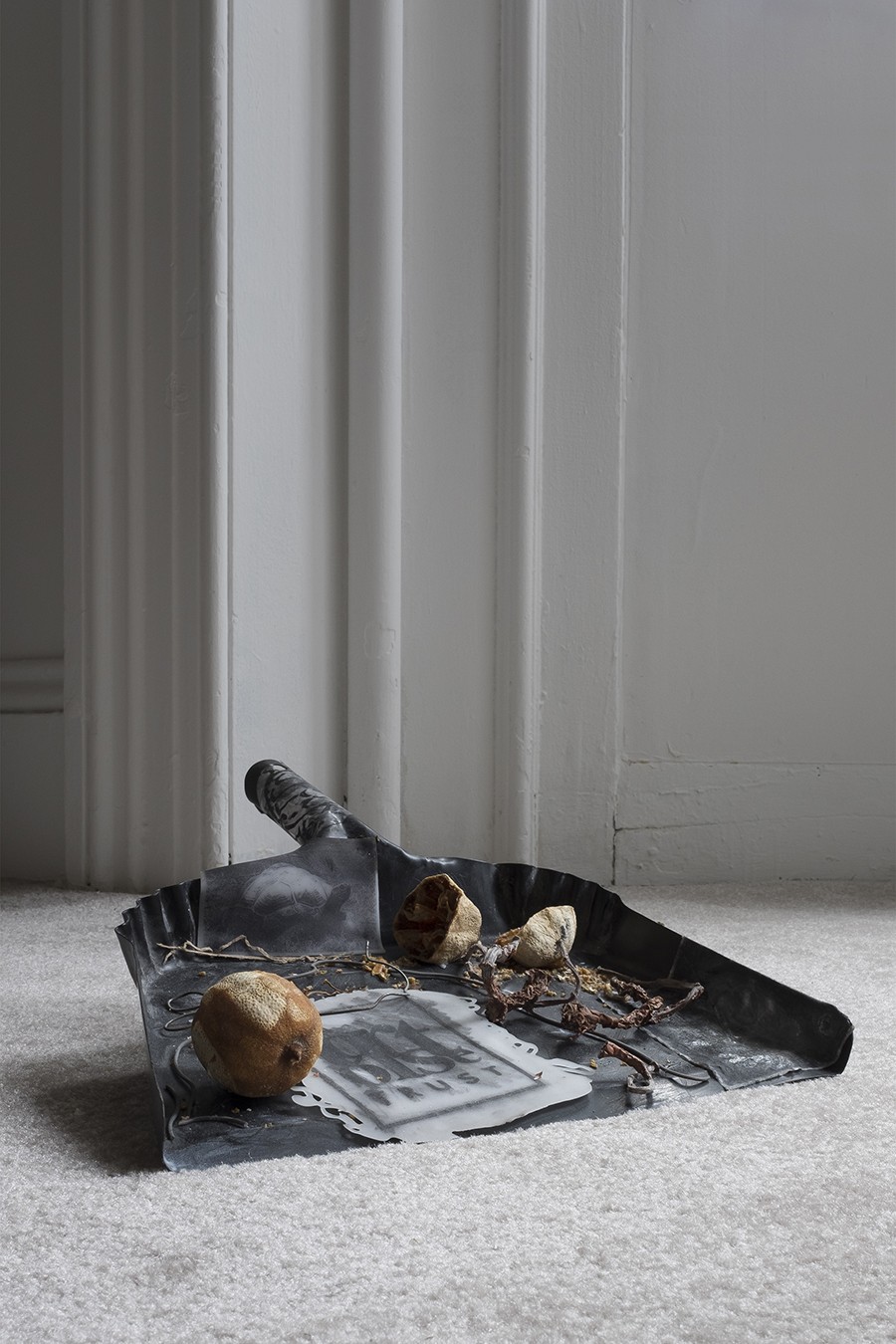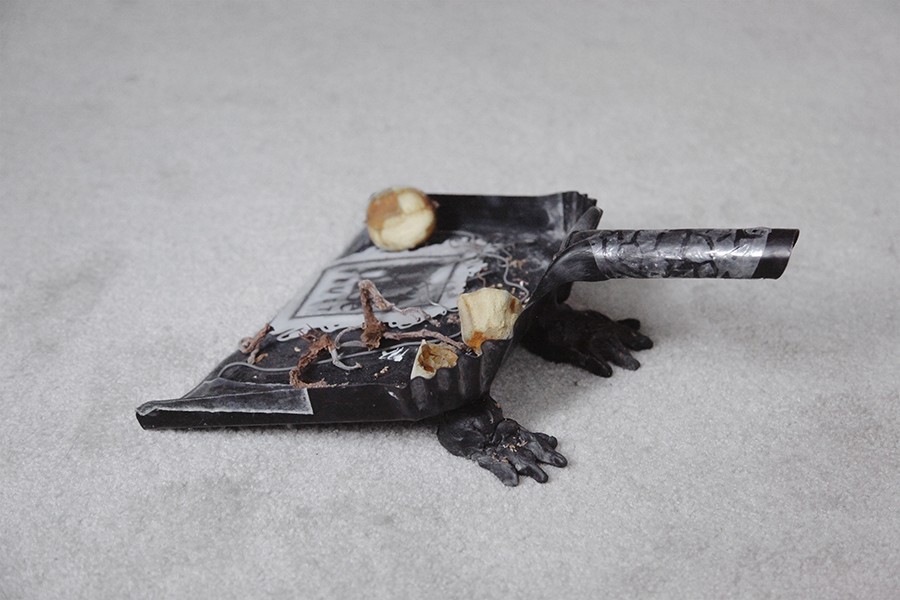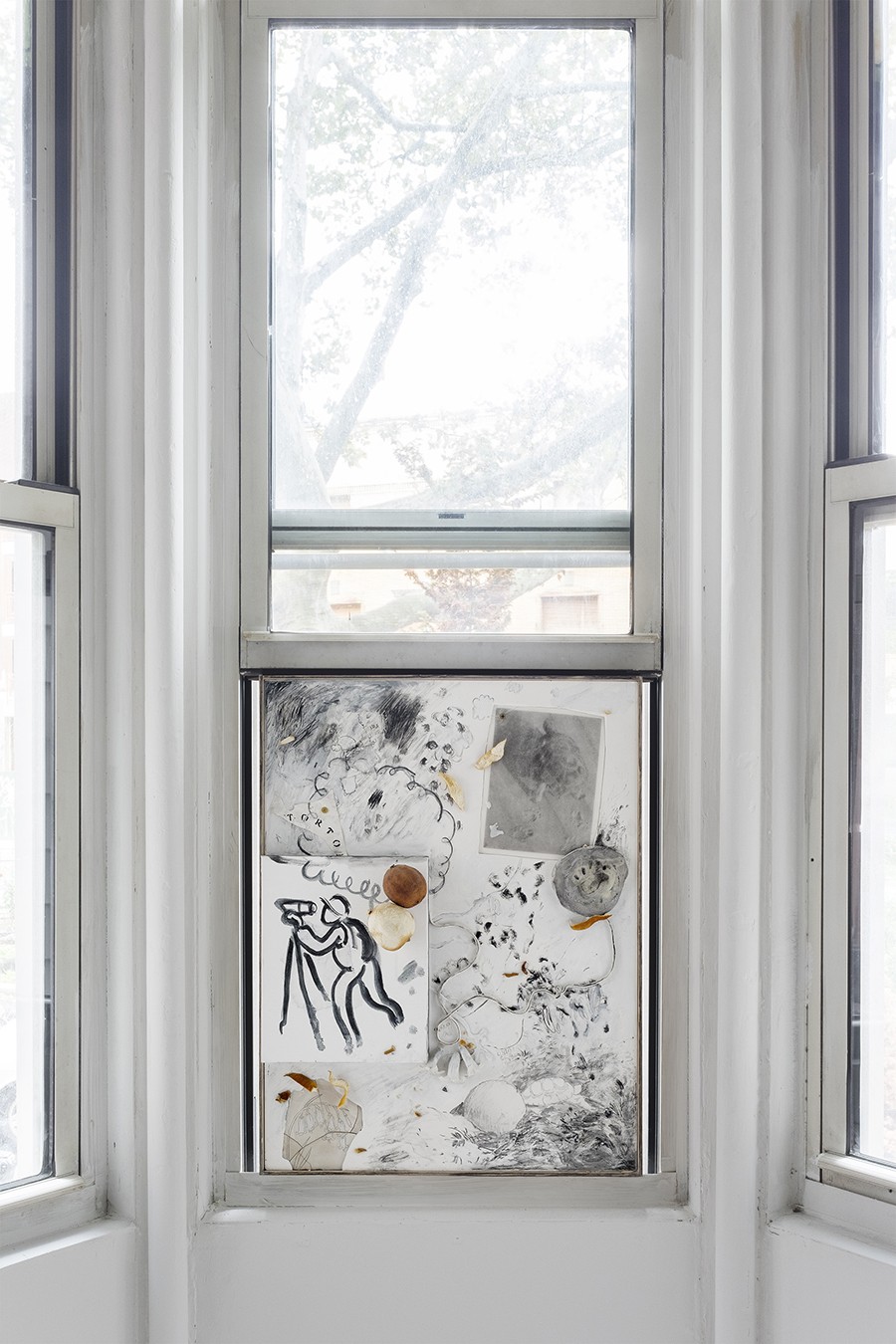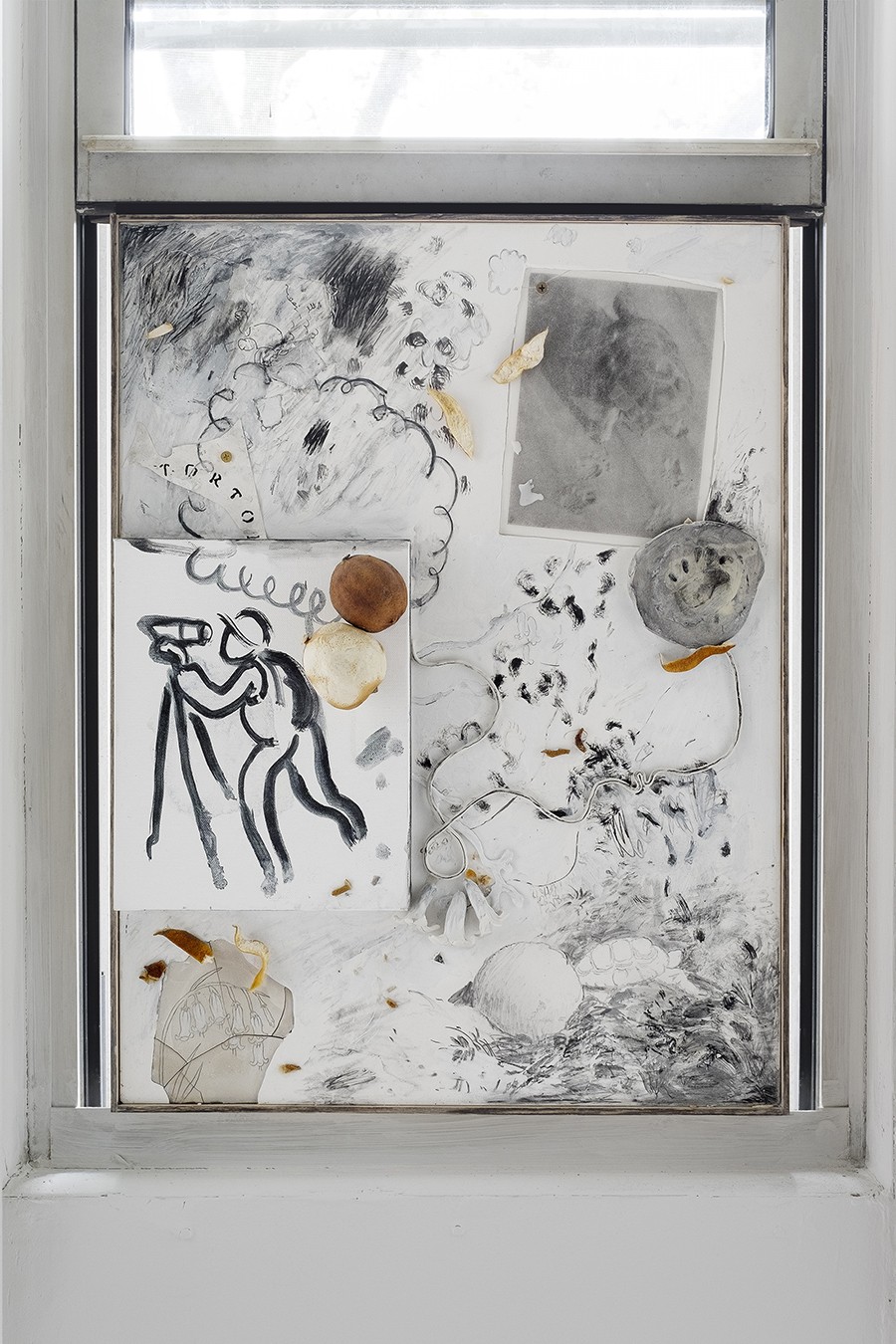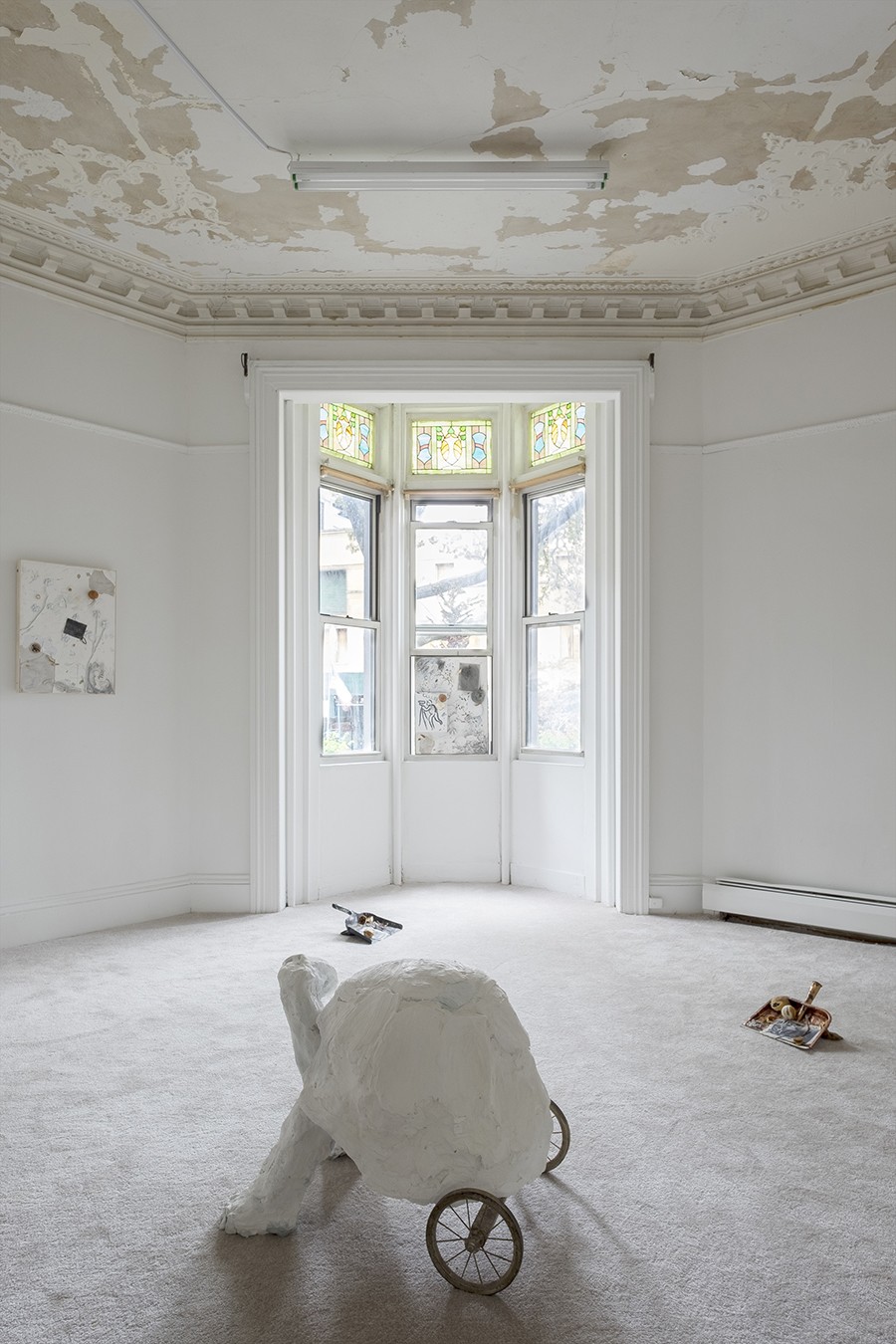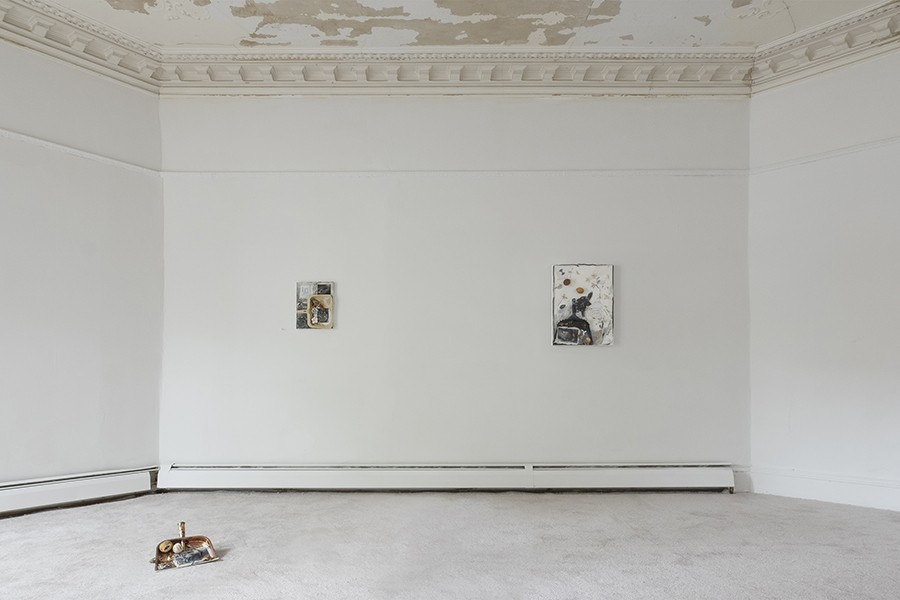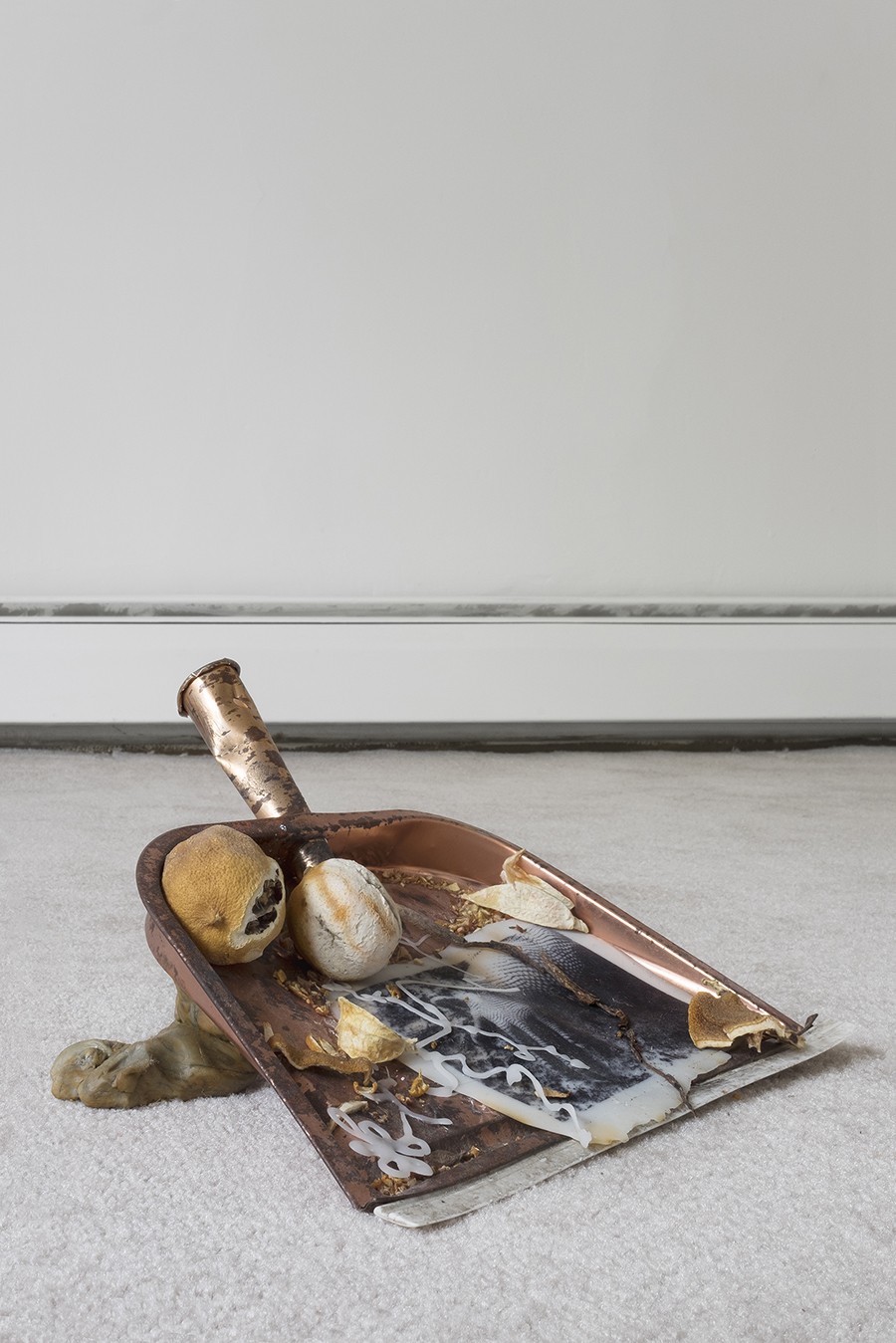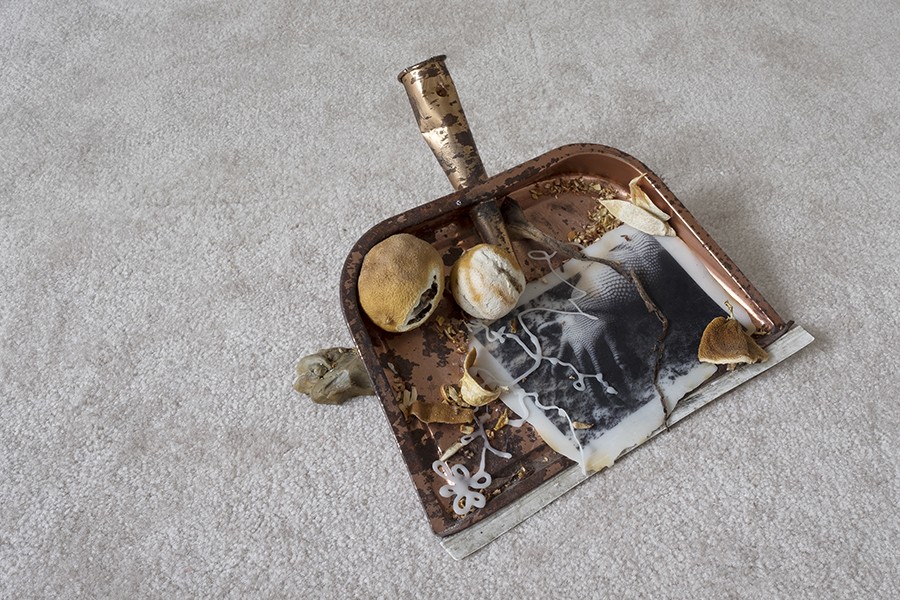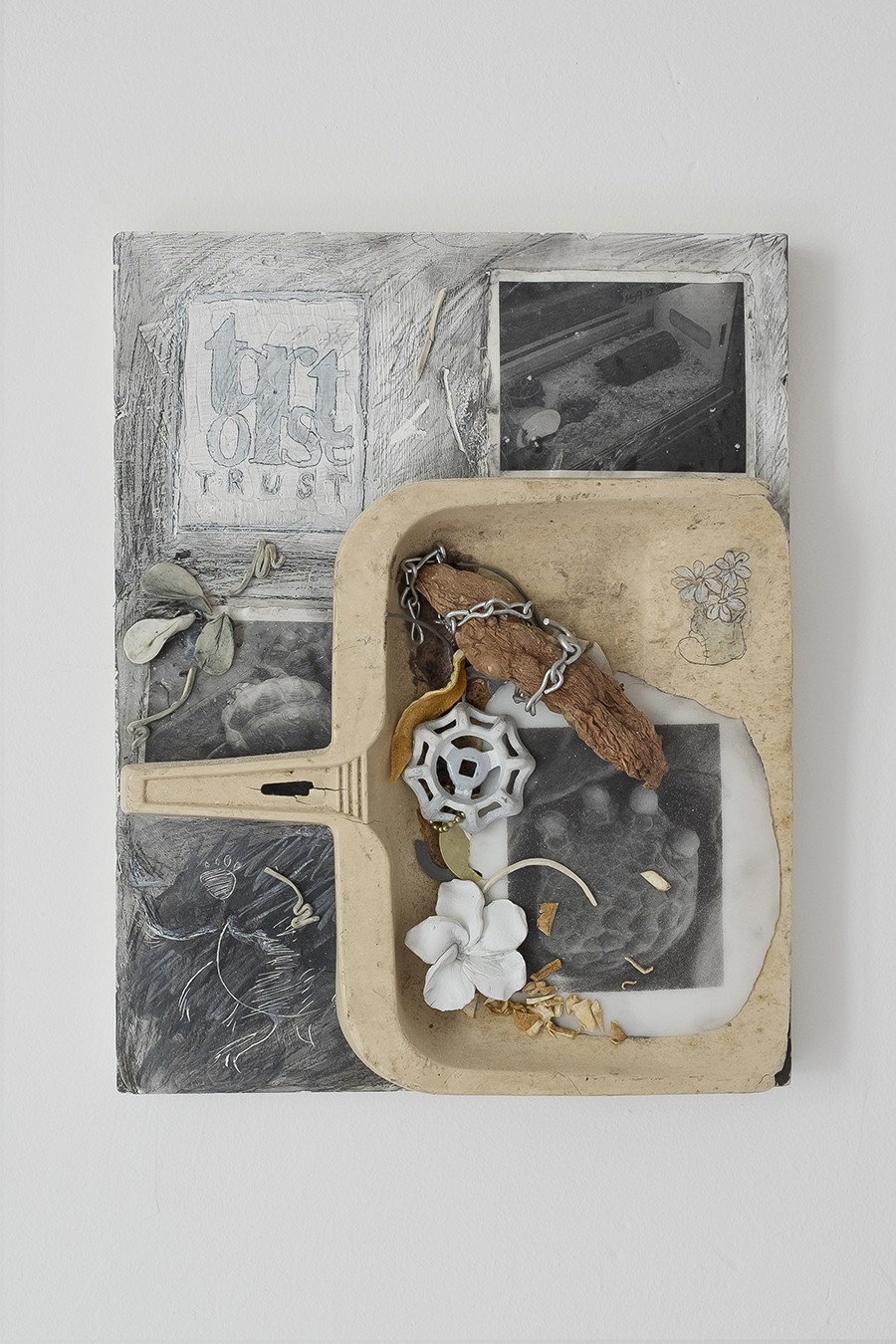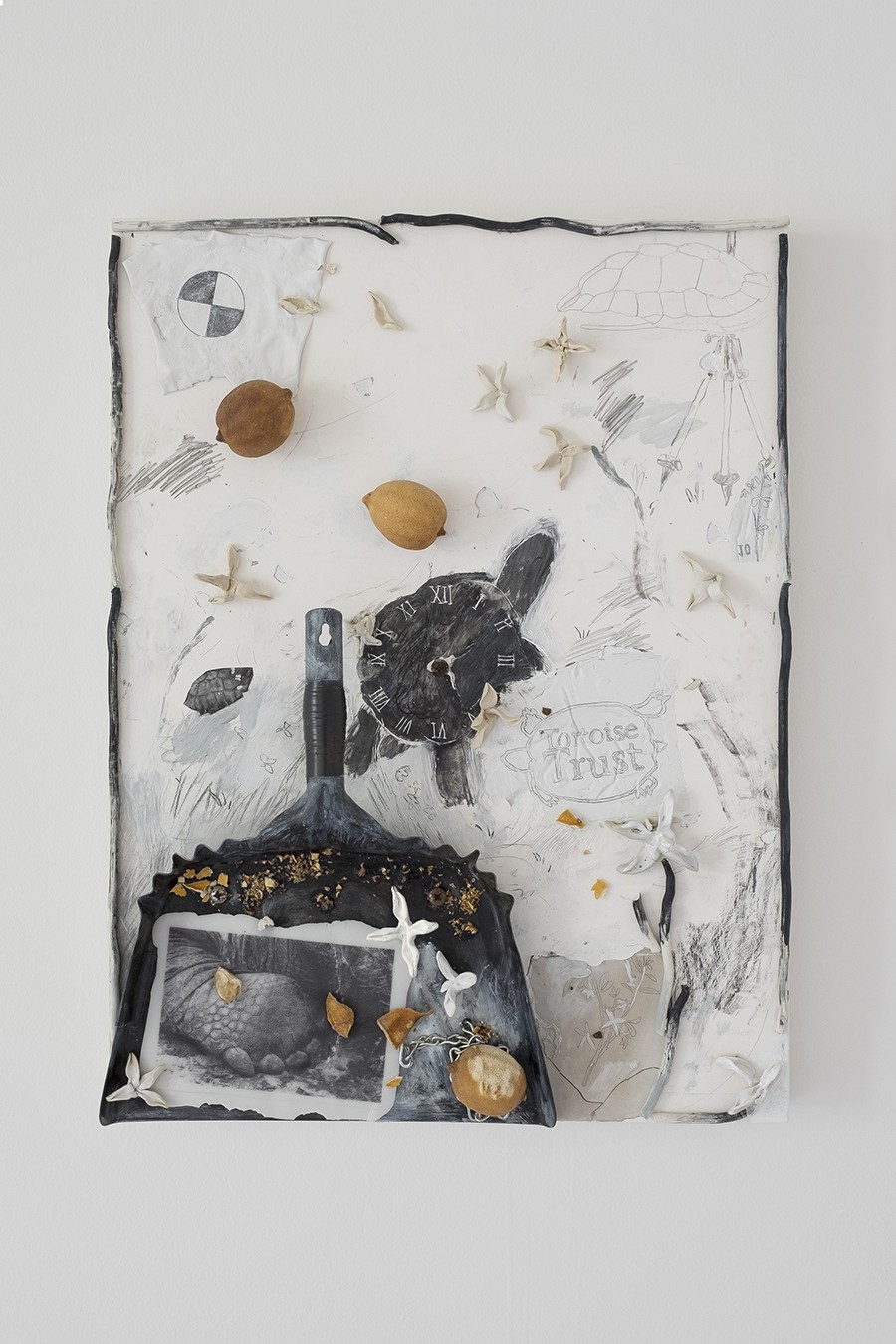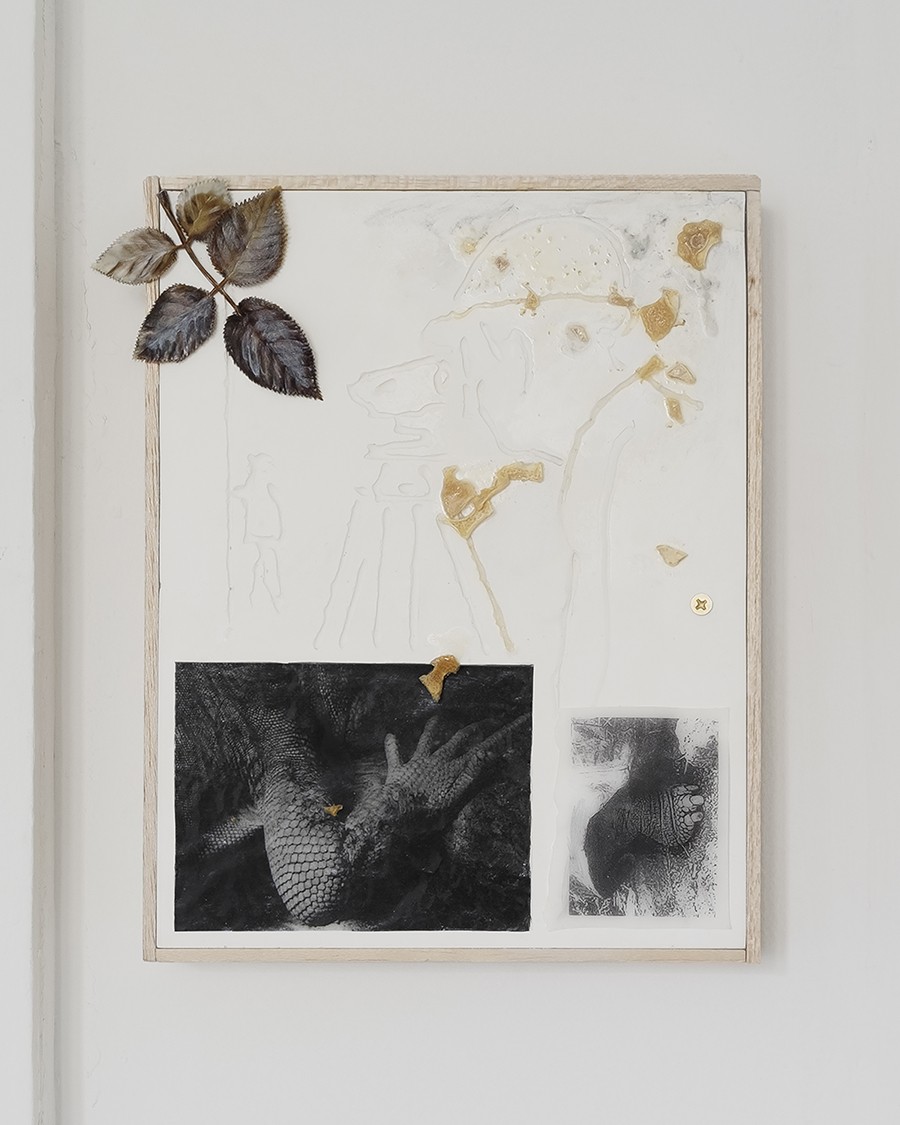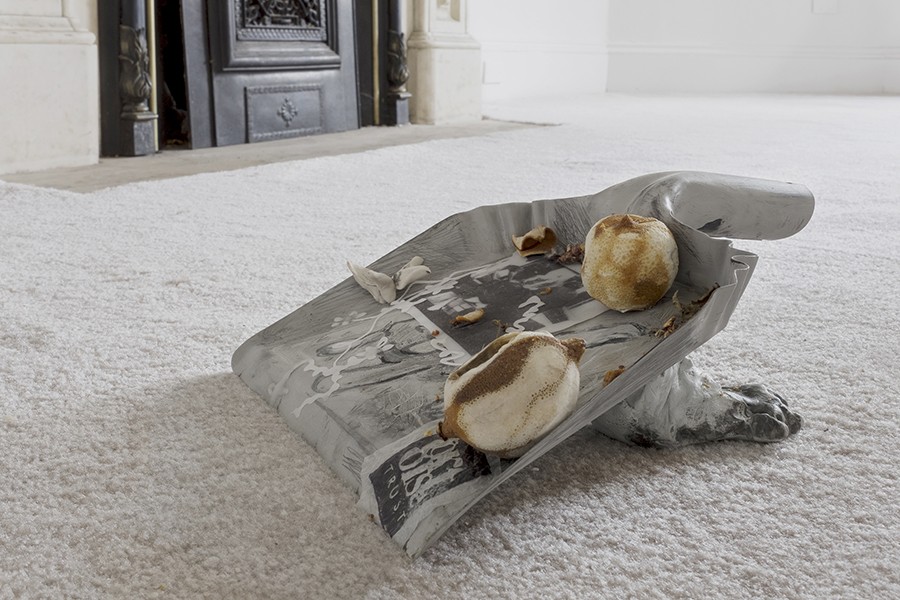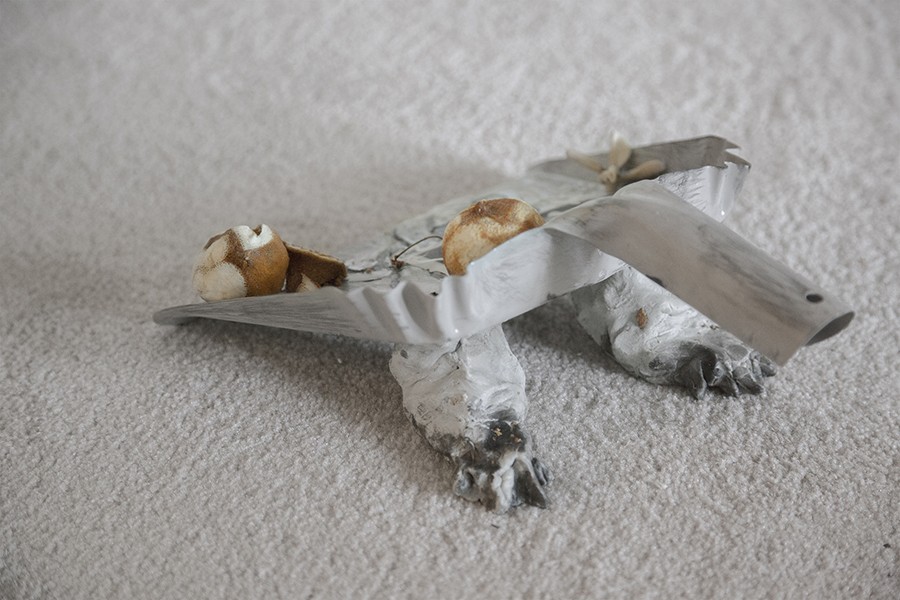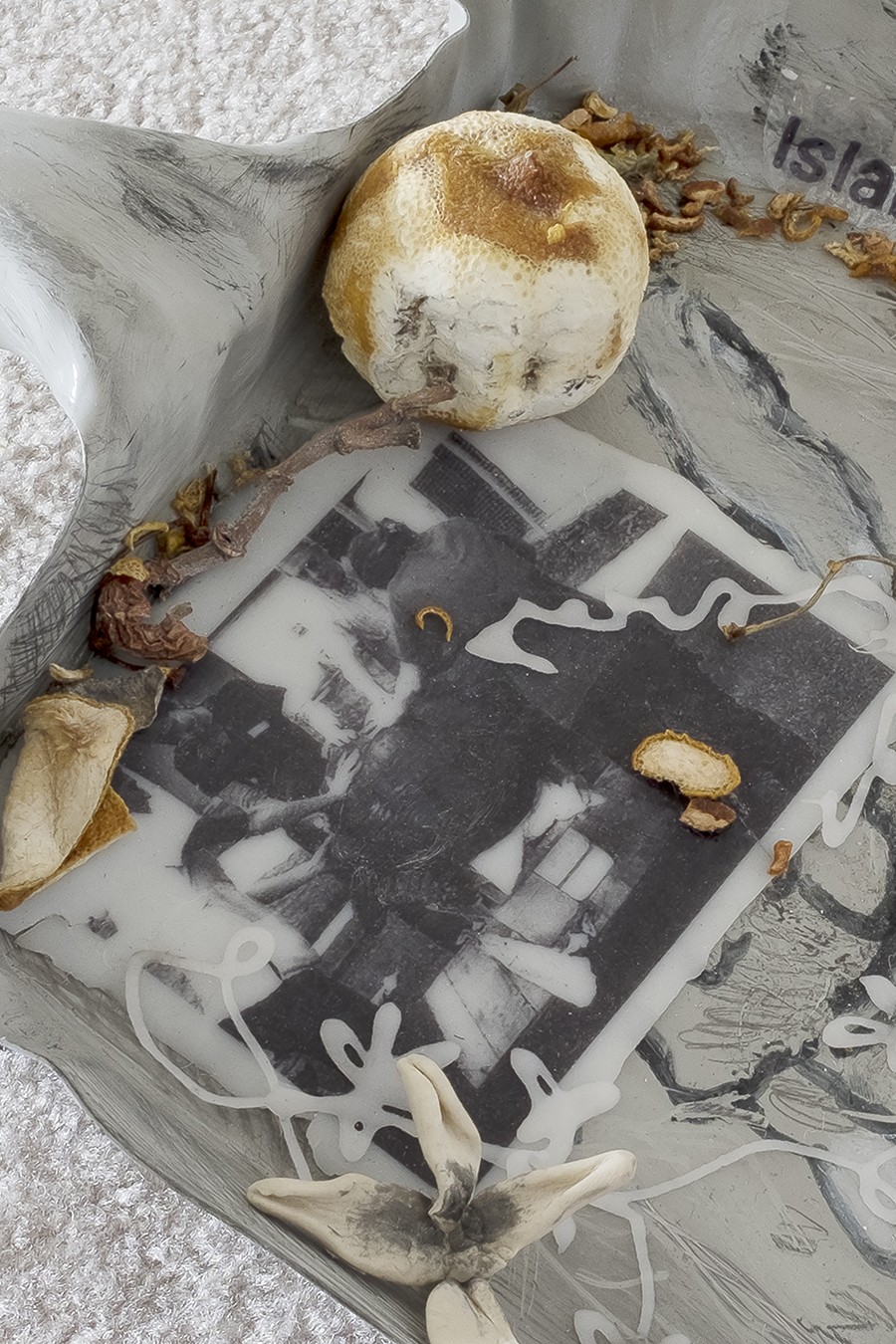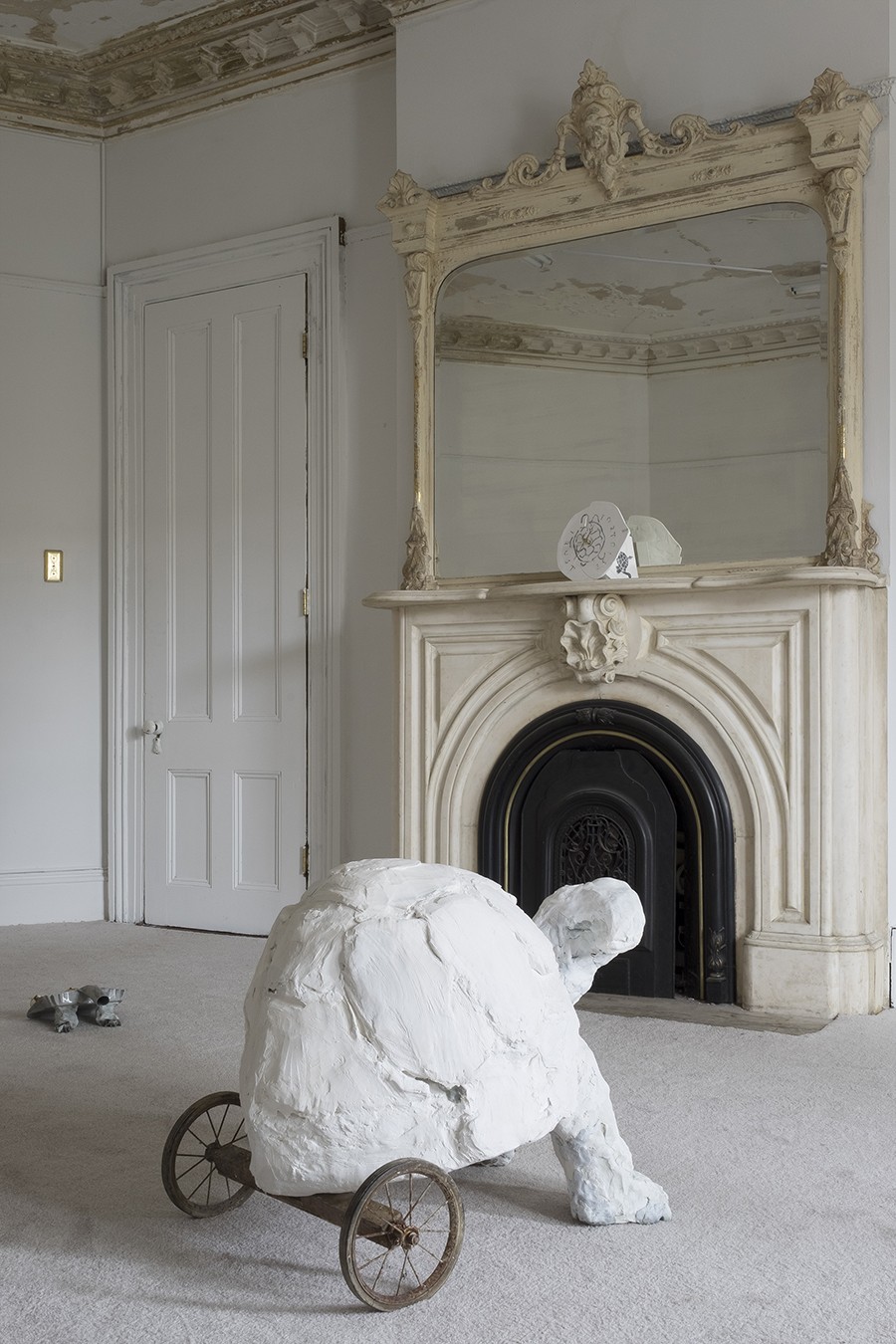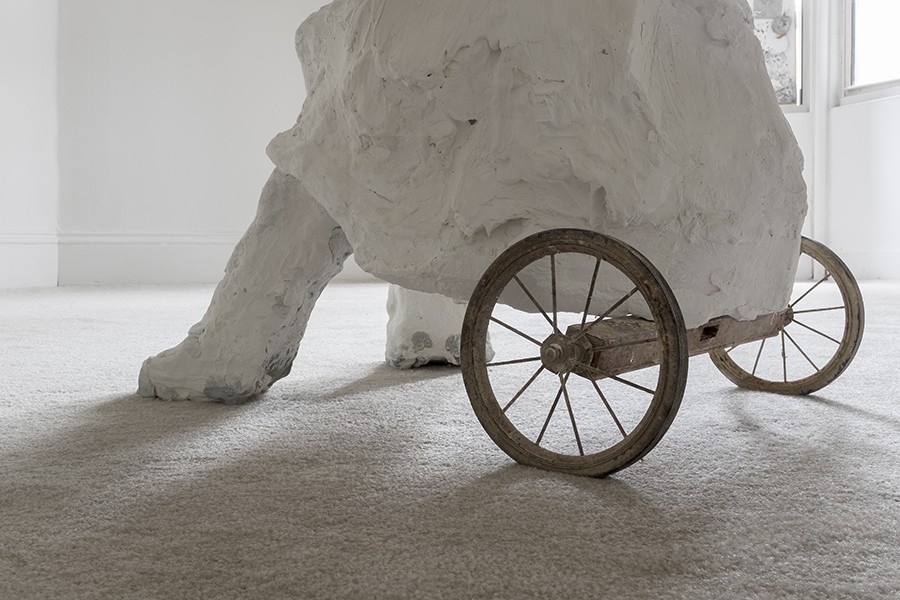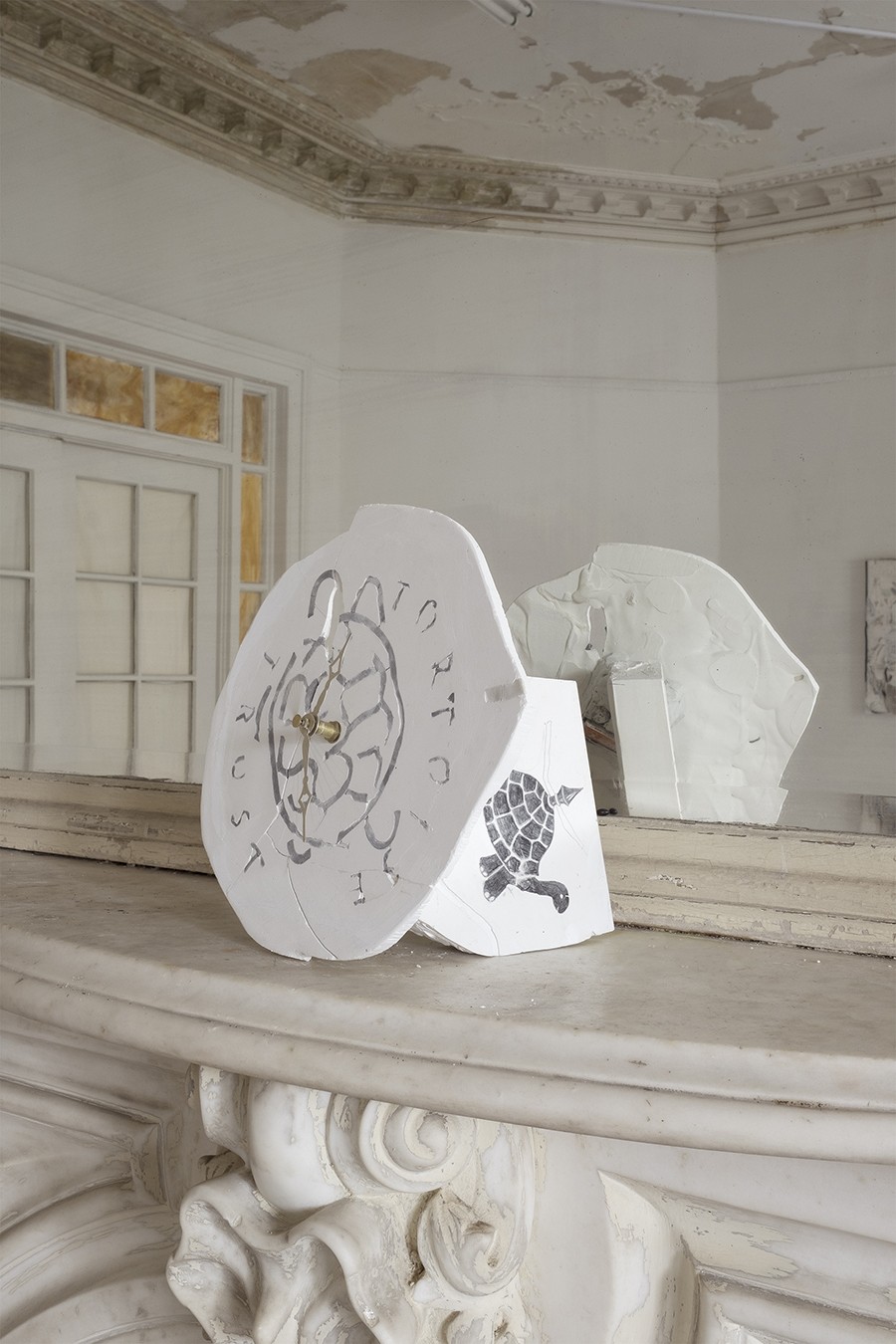Failure to Thrive
Dennis Witkin
15 Orient
September 23 - October 16 2016
Opening Reception September 23 6-10pm
ILLUSTRATIONS & CONCERN:
Overall lighting levels in some exhibits were very poor indeed. Perhaps the worst example is the central ‘tortitheatre’ or ‘petting arena’ housing a mixed display of Seychelles, Leopard and Sulcata tortoises.
These are savannah species, and require exceptionally bright lighting. The lighting actually provided comprised four 48” wall mounted fluorescent tubes and a few incandescent basking lamps located at random around the walls (illustrated). This is in no way satisfactory or adequate for these animals – that should, ideally, be housed outside in natural sunlight in an appropriate climate. The year-round indoor maintenance of giant tortoises is simply unacceptable in the view of the Tortoise Trust.
The area provided for these extremely large tortoises is also absolutely inadequate. At the Long Island Reptile Museum, these fully- grown giant tortoises share a concrete pen no larger than an average household living room (illustrated). These are also grazing species. To maintain digestive health, and sustain overall nutrition, regular access to fresh grass and hay is mandatory. At the Long Island Reptile Museum no such access appeared to be provided.
Children sometimes wander into the arena without the supervision of trained animal handlers, often watched only by their parents. While their intentions are curious and benign, this causes extreme stress to the animals therein.
This is a very disturbing and unsatisfactory situation, and humanity demands that these animals should be removed as soon as possible.
The obviously (to us) miserable condition of many of the animals, including those with open wounds, parasitic mites, deformities and other injuries, and the distressing sight of animals in overcrowded cages that are, by any standards, far too small, is in our opinion sufficient cause to recommend that schools and clubs avoid visiting this establishment until the problems highlighted in this report have been properly and adequately addressed.
- The Long Island Reptile Museum: A Critical Report by the Tortoise Trust
___________________________
The Long Island Reptile Museum was a 27,000 sq. ft. facility located in Hicksville, NY. It housed over 3,000 live reptiles and amphibians. It opened in 1995 and shut down in 2004 following the forced removal of all the animals after the museum discontinued its utility payments, leaving the building without heat. Of all the damaged reptiles in the museum’s collection, only Sammy, a giant Sulcata Tortoise, is still alive. I met Sammy when he was 24. He is now 41. After a decade spent under dim fluorescent light in a concrete pen, Sammy currently lives in a large outdoor enclosure in Central Florida. His caretaker Amanda tells me Sammy suffers from intense anxiety and a number of health issues due to his time in the “death museum”. An abscess in his front right leg went undiagnosed for eight years, and there is a permanent lump in his throat that makes eating difficult and causes digestive distress. When we spoke, Amanda told me under her attention Sammy is doing much better. She says in two weeks there will be a weigh in, and is looking forward to Sammy’s results.
Dennis Witkin (b. 1992 New York, NY) lives and works in Queens, NY. He has recently exhibited with 63-77th Steps and is co-director of Kimberly-Klark.
